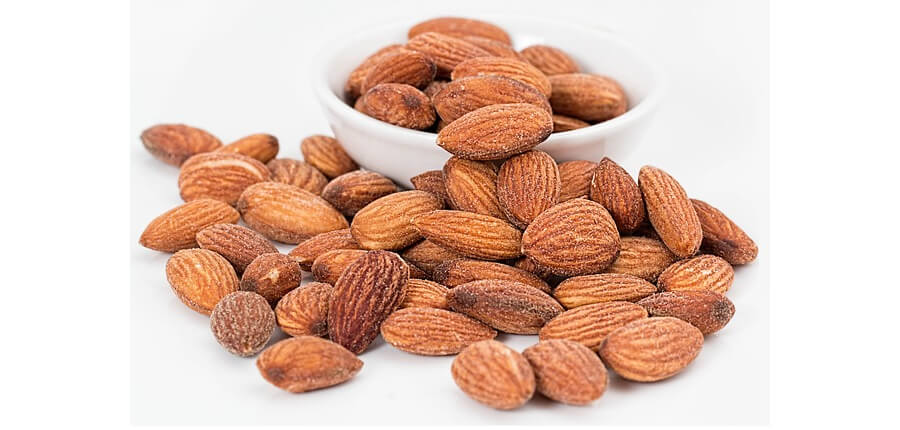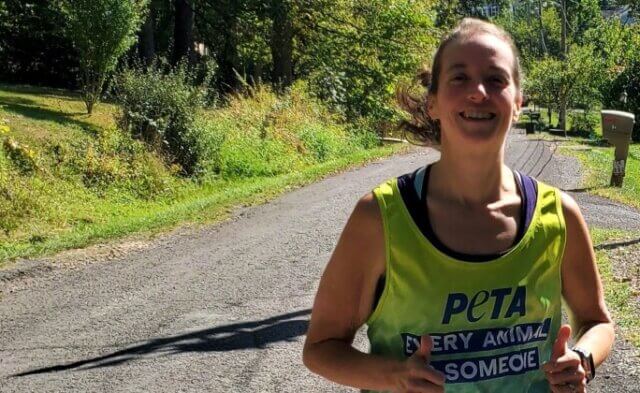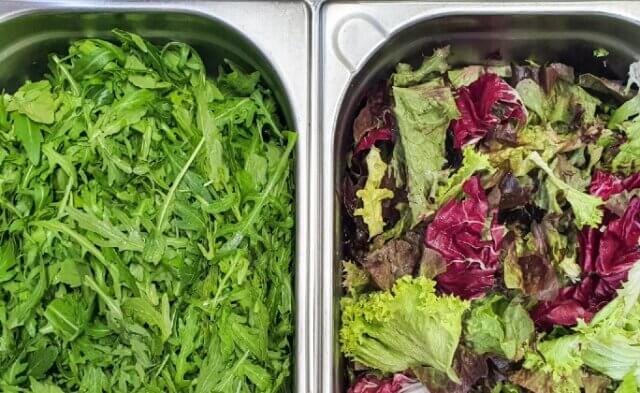If I had a dollar for every time someone asked me, “But where do you get your protein?” I might have enough money to buy a lifetime supply of tofu.
It’s easy to get all the proteins that your body needs while also enjoying many of your favorite vegan foods. Ironically, what people often don’t realize is that in developed countries, the problem isn’t that people aren’t getting enough protein, it’s that they’re getting too much! Eating excessive amounts of animal protein has been linked to the development of endometrial, pancreatic, and prostate cancers. By replacing animal protein with plant protein, you can improve your health while enjoying a wide variety of delicious foods-and you won’t have to worry about taking protein supplements.
Nutrition experts estimate that most of us need between 0.8 and 1 gram of protein per day for every kilogram of body weight. That works out to 55 grams of protein per day for someone who weighs 150 pounds or approximately 10 percent of normal caloric intake (people in endurance training and pregnant women might require a bit more, of course). If a vegan eats a reasonably varied diet and consumes a sufficient amount of calories, he or she will undoubtedly get enough protein. And, unlike animal protein, plant-based protein sources contain healthy fiber and complex carbohydrates.
Our bodies are made up mostly of different kinds of protein that consist of varying combinations of 20 amino acids. Only half of these amino acids can be manufactured by the human body. The other half, which are known as “essential amino acids,” can easily be obtained by eating a balanced vegan diet.
While virtually all vegan foods contain some amount of protein, soybeans are protein powerhouses. Soybeans contain all the essential amino acids and surpass all other plant foods in the amount of protein that they can deliver to humans. Other rich sources of non-animal protein include legumes, nuts, seeds, food yeasts, and freshwater algae.
The following is a partial list of vegan foods and their percentage of total calories from protein (value per 100 grams edible portion), according to the U.S. Department of Agriculture’s National Nutrient Database for Standard Reference:
Almonds 15%
Barley 14%
Broccoli (raw) 33%
Buckwheat 15%
Hard red wheat 15%
Kidney beans (raw) 58%
Lentils (raw) 34%
Mushrooms (raw) 56%
Mustard greens (raw) 41%
Peanuts 18%
Pumpkin seeds 18%
Soybeans (raw) 35%
Spinach (raw) 50%
Tomatoes 19%
Wild rice 16%
Watercress (raw) 84%
A note on combining proteins: This practice was once put forth as the only way for vegans to ensure that they were getting enough protein. It was thought that it was necessary for vegans to plan meals in such a way as to always complement a food low in protein with one high in protein, but this theory has pretty much been debunked. Even the original advocate of combining proteins, Frances Moore Lappé, author of Diet for Small Planet, eventually recanted her theory and concluded that acquiring protein from a plant-based diet was “much easier” than she had thought.
Today, with such a wide range of vegan products available, there is likely to be something out there to satisfy everyone’s taste. Tofu and tempeh can be used as meat substitutes in recipes, and prepackaged faux meats made from soy or wheat protein-such as veggie hot dogs, veggie burgers, mock ribs, and faux jerky-can be found in many grocery stores. Alternatives to dairy products, such as vegan cheese and nondairy ice cream, are also widely available. Getting all the protein that you need through a vegan diet is not only easy but also delicious!





